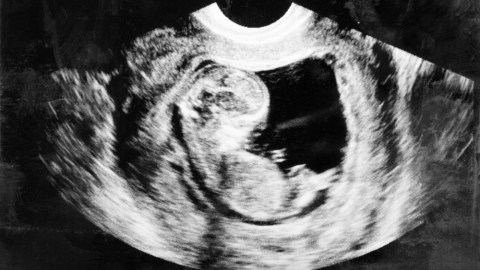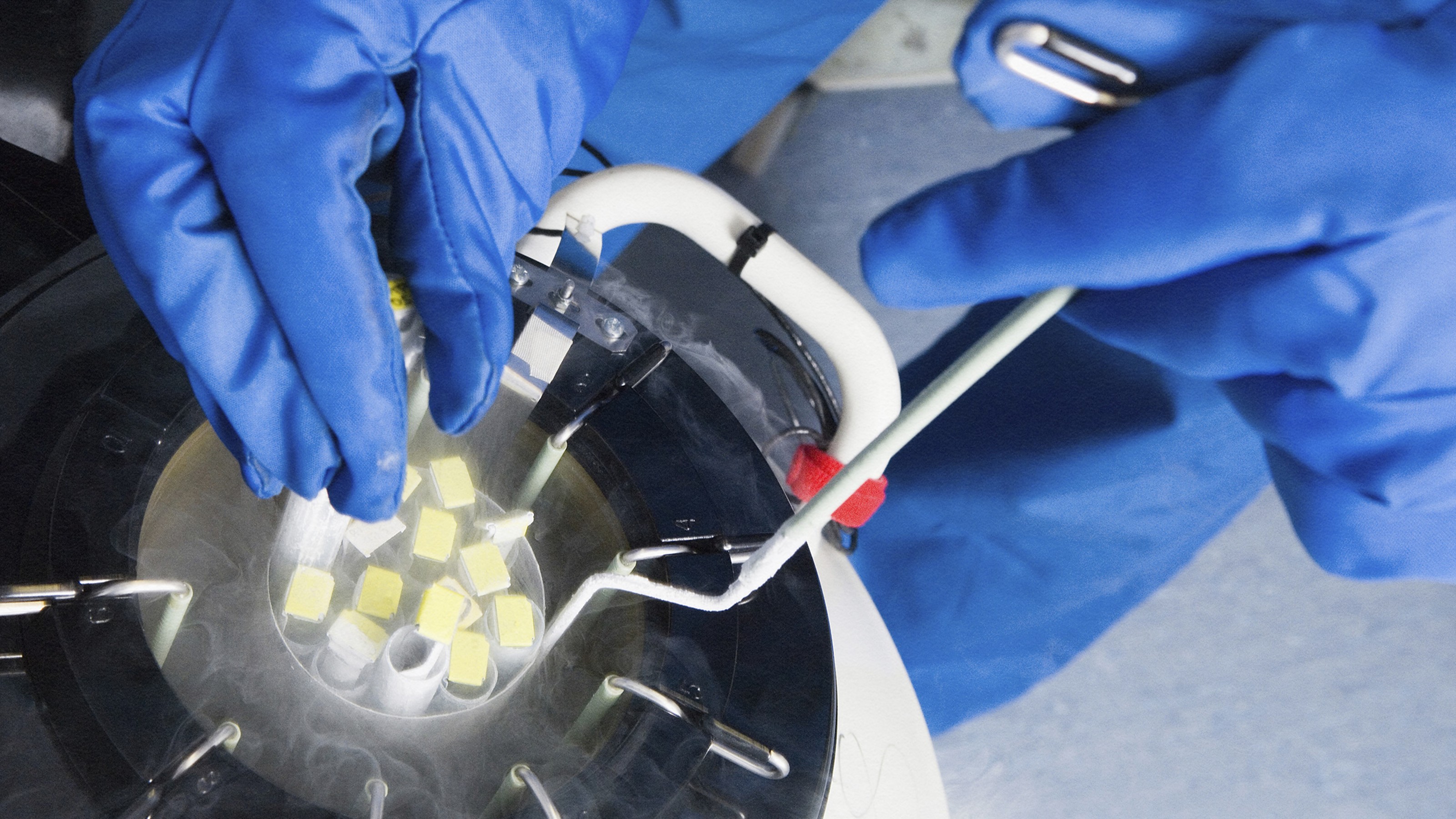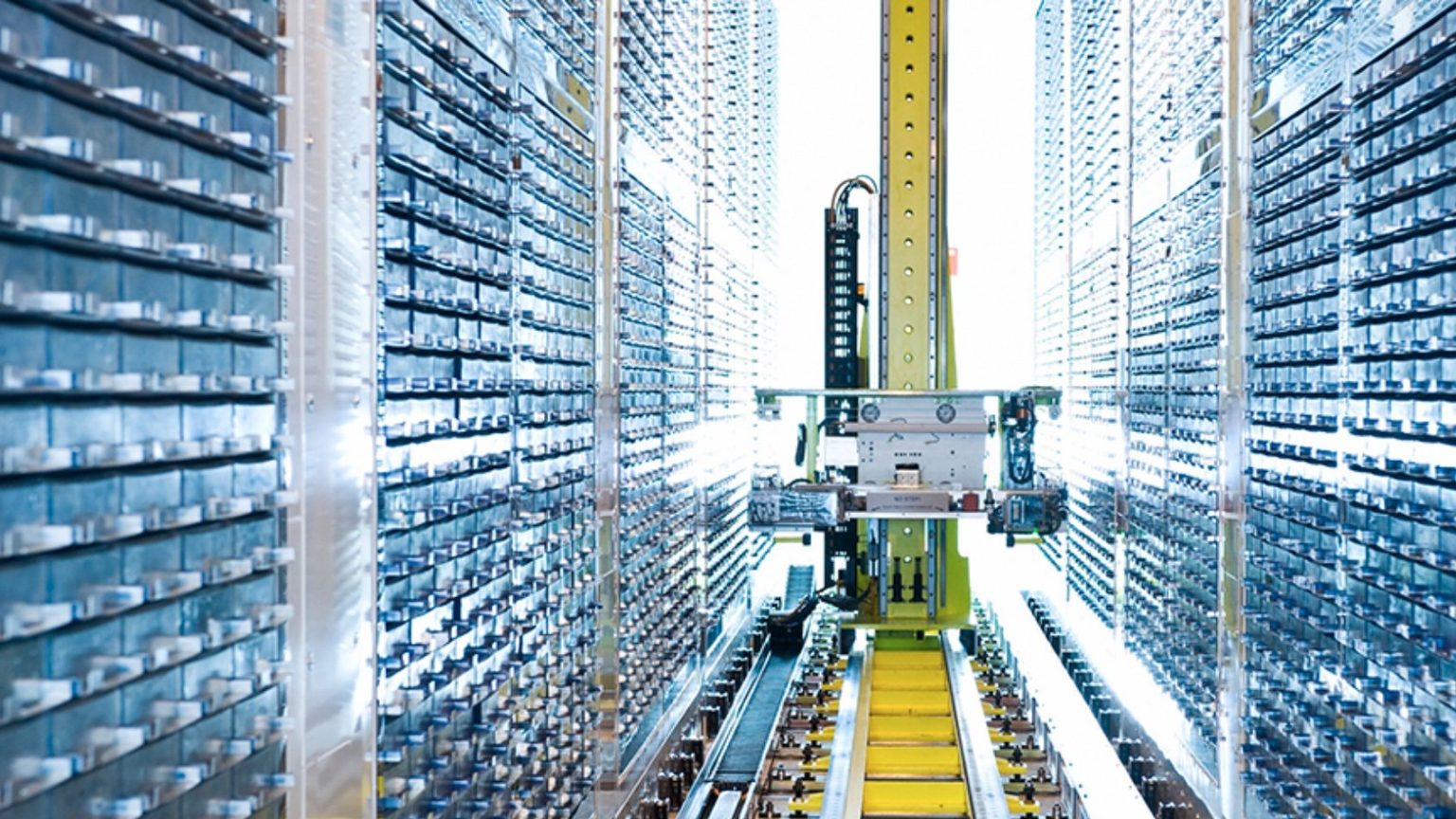We Should Approve ‘Three-Parent’ Embryos

This article originally appeared on RealClerScience. You can read the original here.
The government of the United Kingdomrecently announced its intention to draw up regulations for an innovative and controversial in vitro fertilization (IVF) technique that will help mothers with a particular type of genetic defect bear healthy children. The UK would be wise to approve the procedure as quickly as possible, and both the United States and European Union should follow suit.
The new IVF technique is controversial because it involves the creation of what is colloquially known as a “three-parent embryo” – much to the chagrin of stem cell biologists.
Mitochondria are the “powerhouses” of the cell. Their primary function is to produce energy. Mitochondria also contain a little bit of their own DNA, separate from the chromosomes found in the nucleus, which encode some of the enzymes responsible for creating that energy. Therefore, mutations in mitochondrial DNA can have devastating effects, including neuropathies, metabolic disorders, blindness and even death.
Even though a sperm contains mitochondria, it does not contribute any to the embryo, meaning all the embryo’s mitochondria come from the mother’s egg.* Thus, if a woman has a mitochondrial disease, an embryo has essentially a 100% probability of inheriting the disorder. To prevent this, an egg with healthy mitochondria is required. And that’s where the “third parent” comes in.
If a healthy woman donates her egg, scientists can remove its nucleus (which contains most of the cell’s DNA) and replace it with the nucleus extracted from the mother’s egg. The resulting egg contains nuclear DNA from the mother and healthy mitochondria from the donor – i.e., the “third parent.” The new egg can then be fertilized and implanted into the mother.
As might be expected, the technique is controversial, and some of the objections require serious answers.
Critics say that the safety of the procedure is unknown. That is indeed true. Further study and clinical trials should be conducted. However, a mother with a mitochondrial disease who wishes to have her own children may very well choose to accept the risk. Remember, she has nearly a 100% chance of passing on a disease to her child; this technique would greatly reduce that risk.
Other critics worry about the ethics of destroying embryos. However, it should be kept in mind that standard IVF also destroys embryos. Extra embryos are always made, and the “leftover” embryos are often discarded or frozen indefinitely. It is estimated that some 600,000 embryos sit unwanted in freezers in the United States alone.
Finally, some critics worry about genetic engineering and the supposed slippery slope that will lead to creating designer babies. Besides the unconvincing nature of “slippery slope” arguments in general, this criticism is inconsiderate of those people who wish to have their own biological children but are incapable of doing so. For the foreseeable future, genetic engineering will be about curing illnesses, not creating designer babies. We can deal with that issue if and when it arises.
Advances in technology will continue to cause bioethical challenges for decades to come. As intimidating as some of these advances are, we should always keep in mind they are developed with good intentions; that is, helping patients in need.
*Correction (7/29/13 @ 1:54 pm PST): An earlier version of this article stated that sperm contain no mitochondria. This is incorrect. Our apologies.
Dr. Alex B. Berezow is the founding editor of RealClearScience and co-author of Science Left Behind. He holds a Ph.D. in microbiology. Follow him on Twitter @AlexBerezow.





